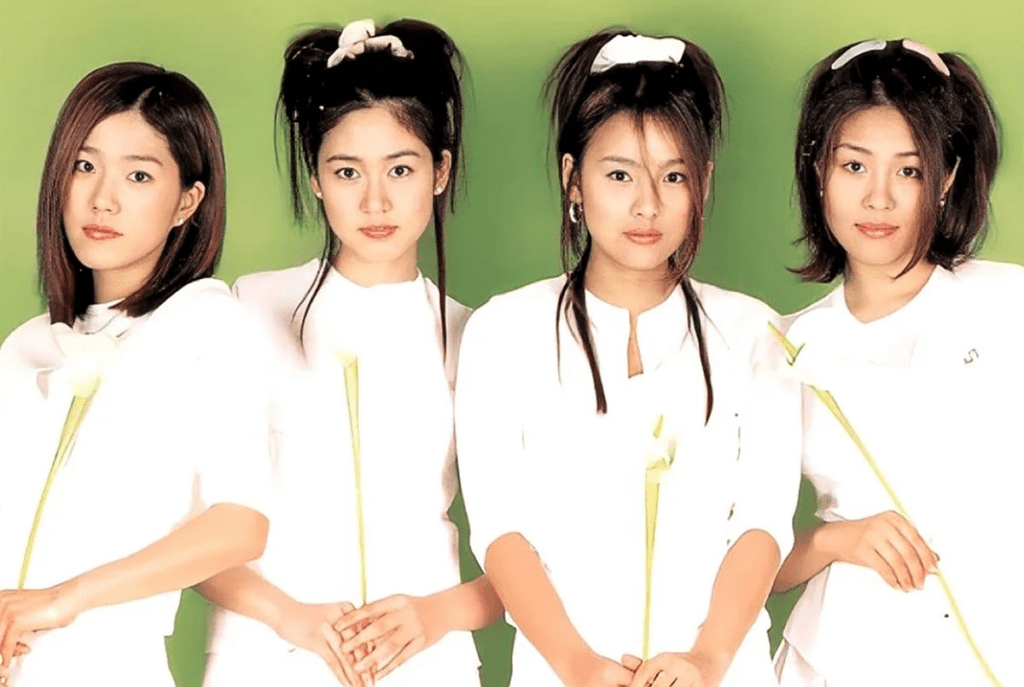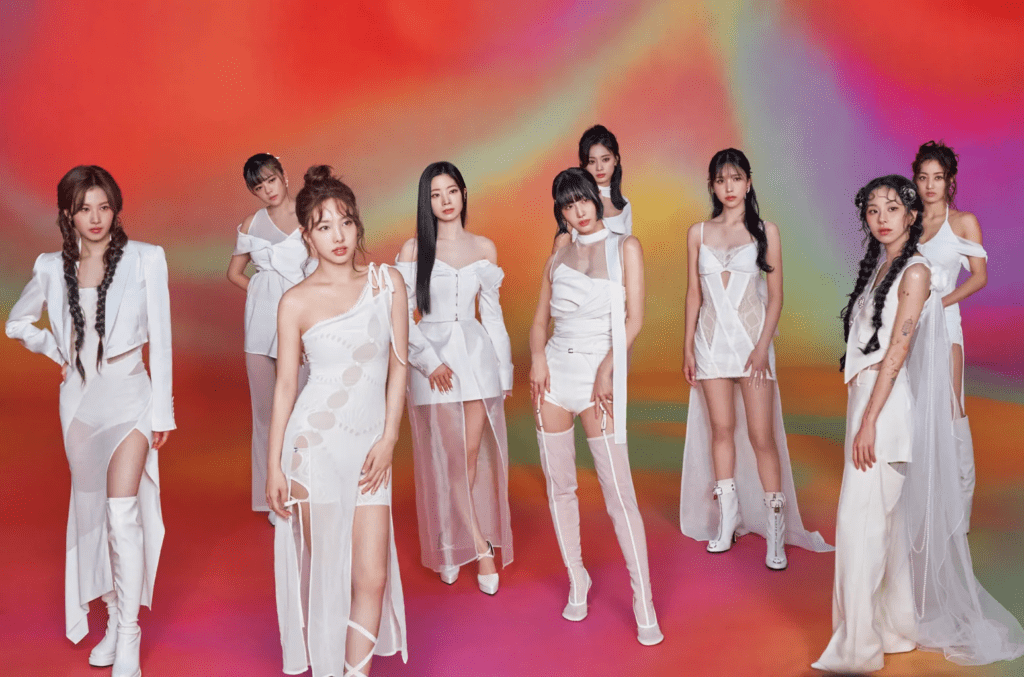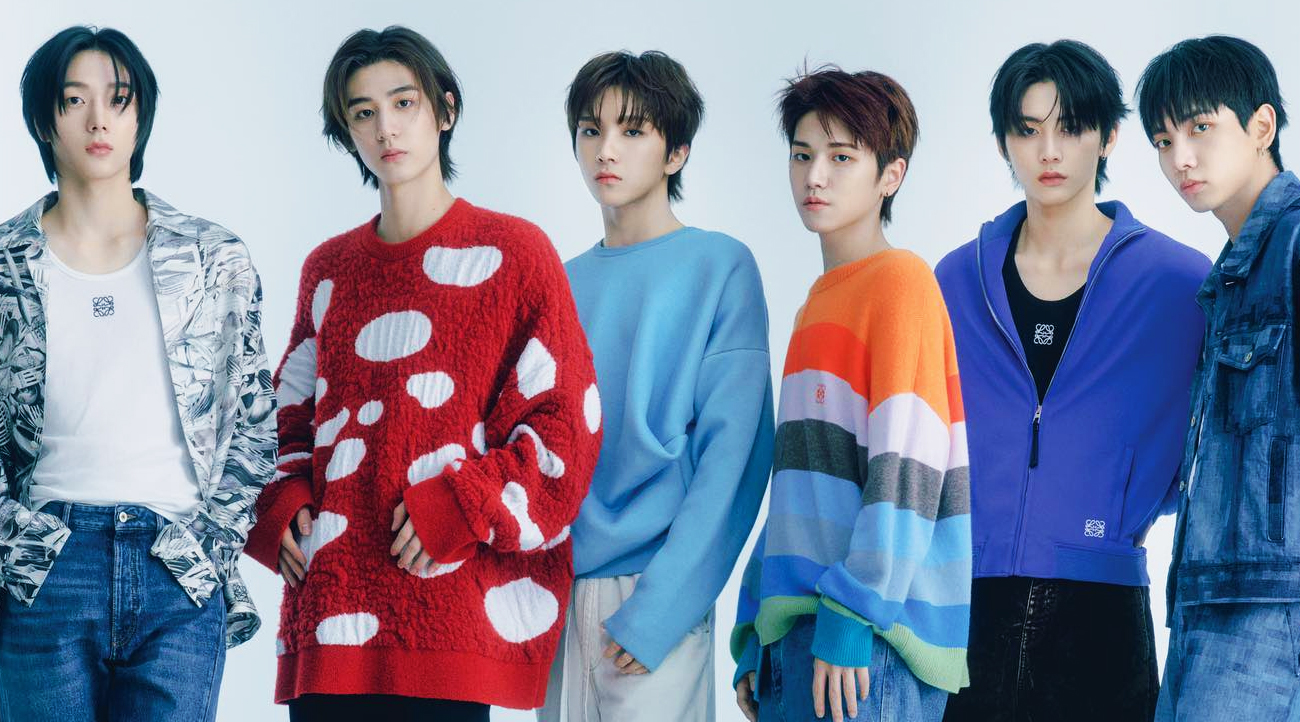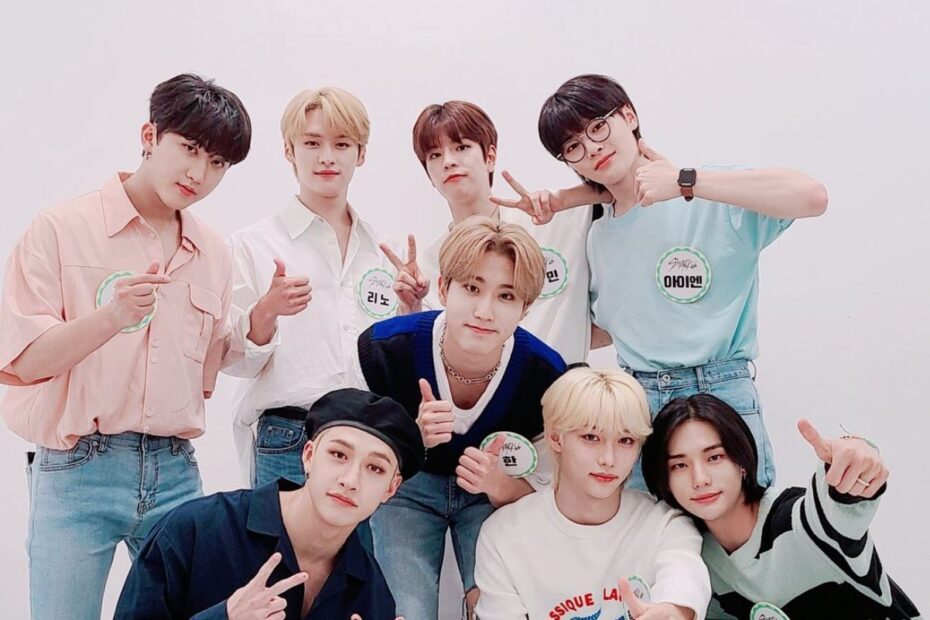Kpop has taken the world by storm, and along with the music, fans are introduced to a whole new vocabulary. From terms like bias and comeback to phrases that define the fandom experience, understanding these words can enhance your appreciation of the genre. Whether you’re a newcomer or a seasoned fan, this guide explains the most important Kpop terms so you can feel like an insider.
For those just diving into the world of idols, check out our Beginner’s Guide to Kpop Fandom to get started!
Table of Contents
- Core Kpop Terms
- Stages of an Idol’s Career
- Fandom and Fan Behavior
- Industry Jargon
- Roles in a Kpop Group
Core Kpop Terms
What does bias mean in Kpop?
One common Kpop term is bias. This is your favorite member of a Kpop group. It’s like choosing your favorite player in a sports team, but with idols. People choose a bias based on visuals, personality, talent, etc. Some people tend to prefer the main dancers, while others prefer the funniest member. It all comes down to who you have a bias towards. Keep in mind, having a bias doesn’t mean you don’t like the other members.
Bias Wrecker: The member who makes you question your loyalty to your bias. For example, you bias Suga, but after watching Jimin’s solo content, your feelings start to shift. It can be hard to choose which member is your bias.
Stan: To support a group or artist. If you stan a group, this means you are a fan of this group. This usually means you listen to their music regularly, and know all the members.
OT Stan, BG, GG
- OT Stan: Refers to “One True” and often paired with a number, such as OT7 for BTS fans who love all seven members equally.
- BG (Boy Group): A Kpop group made up of male members.
- GG (Girl Group): A Kpop group made up of female members.
Stages of an Idol’s Career
Trainee, Debut, and Pre-Debut
- Trainee: An aspiring idol undergoing rigorous training in singing, dancing, and more before debuting. They have to audition or get scouted, and then they go to a company and train to debut. They can train for years or months depending on multiple factors

- Debut: The official launch of a group or artist’s career. This usually means the first song the group releases, but recently pre-debut songs have become more popular
- Pre-Debut: The songs and content a group makes before an official debut. It can be hard to tell what is pre-debut these days, but usually the company will state if it is the official debut or not.
Comeback, Sub-Units, and Concept
- Comeback: When an idol or group releases new music. This usually happens after many promotions and teasers.
- Sub-Unit: A smaller group formed within a larger group, often for specialized projects or concepts. For example BSS is a subunit of seventeen. It has three members who are in Seventeen, but they make their own music and have different comebacks.

- Concept: The theme and vibe of a group. All Kpop groups have concepts, and sometimes they change depending on the comeback. For example, Enhypen has a vampire concept, so all of their songs and music videos have a vampire element. To learn more, read our blog post explaining different concepts!

Fandom and Fan Behavior
Fanchant, Aegyo, and Saesang
- Fanchant: Synchronized chants by fans during performances to show support. The idol or group will release a video demonstrating the chant for fans.
- Aegyo: Cute expressions, gestures, and voice. This usually involves making cute faces or hearts, but also can include acting childish. A lot of fans and idols find aegyo cringey, but their are still fans who like it, and some idols do it as a joke
- Saesang: Extremely obsessive fans who invade the personal lives of idols. This usually includes stalking and sending letters or gifts. This can be extremely scary. Some idols have filed charges against saesangs.
Black Ocean and Netizens
- Black Ocean: When fans collectively turn off their lightsticks during a performance as a protest or boycott.

- Netizens: Citizens of the internet. This is usually used to talk about users who comment or are in groups online.
Industry Jargon
Big 3, Daesang, All-Kill, and Nugu
Big 3: Refers to the three major entertainment companies in Kpop: SM Entertainment, JYP Entertainment, and YG Entertainment.

SM Entertainment: Founded by Lee Soo-man, SM groups are known for their strong visuals and vocals. Some notable groups are Girls Generation, Red Velvet, Aespa, Shinee, NCT, Exo, and Riize

JYP Entertainment: Founded by J.Y. Park, JYP is known for dance and personality. Some notable groups are Stray Kids, Twice, Itzy, Nmixx, Got7, Wonder Girls, and J.Y. Park himself.

YG Entertainment: Founded by Yang Hyun-suk, YG is known for strong rap and swag. Some notable groups are BlackPink, Big Bang, 2NE1, BabyMonster, Treasure, AKMU, and Winner
- Daesang: The grand prize awarded at Korean music award shows.
- All-Kill: When a song tops all major Korean music charts simultaneously.
- Nugu: A lesser-known or underrated group or idol. Usually this is a group from a smaller company.
Generations 1st – 5th
K-pop is divided into generations to reflect the evolution of the industry, highlighting shifts in music styles, technology, and fan culture over time. Each generation is marked by significant changes, such as the global rise of digital platforms, the expansion of K-pop’s international audience, and innovations in performance and production.

1st: When the first Kpop bands were created. 1990s to early 2000s. Some groups are Shinhwa, HOT, S.E.S., Baby Vox, Seo Taiji and Boys, BoA, Sechs Kies, and Fin.K.L

2nd: Late 2000s to early 2010s. Super Junior, SNSD, Big Bang, T-ara, KARA, Shinee, Sistar, and Girls Generation.

3rd: early 2010s to mid 2010s. Twice, BTS, Exo, Red Velvet, Blackpink, NCT, Mamamoo, and Seventeen.

4th: late 2010s to early 2020s. Some groups include Itzy, TXT, Ateez, Stray Kids, Enhypen, Ive, NewJeans, and LeSserafim.

5th: Early 2020s to now. Some groups include BabyMonster, Ill-it, Kiss of Life, Zerobaseone, Boy Next Door, TWS, Xikers, and Riize.
Roles in a Kpop Group
Visual: The designated prettiest member. Usually the most attractive in Korea. Some famous examples include Wonyoung from Ive, Irene from Red Velvet, Cha Eunwoo of Astro, and Suzy from Miss A.




Main: The best at a specific role, such as Main Vocal, or Main dancer.
Lead: The second best in a role. They are good, but not as good as the main. There are only lead vocalists and rappers, not lead dancers because everyone in the group dances. In some groups there can be multiple lead vocalists or rappers.
Sub: The next one after lead. There are only sub rappers and sub vocalists. They are a member that is decent at singing but not the best. There can be multiple sub vocalists and rappers.
Maknae: The youngest member of the group. Maknae is Korean for youngest.
Center: The member that is usually in the center. This can be because of their stage presence, visuals, or performance skills.
Face of the group: While this is similar to visual, the face of the group is usually the first member who comes to mind when you think of them. One example is Twice’s Nayeon.

Leader: The leader of the group. Sometimes this is the oldest member, sometimes it’s who trained the longest, but it’s always the member who best leads the group. They help the group and usually speak for the group in public.

Mastering Kpop terms opens up a deeper understanding of the fandom and culture behind the music. Whether you’re wondering “what does bias mean in Kpop?” or cheering for your favorite rookie group, these terms bring you closer to the vibrant world of Kpop.
To talk about Kpop terms with other fans, you can sign up now and join the community!
